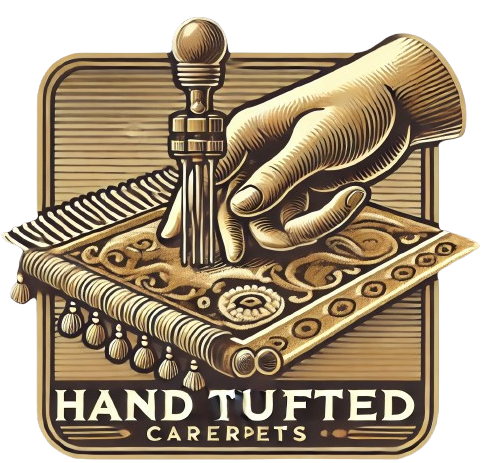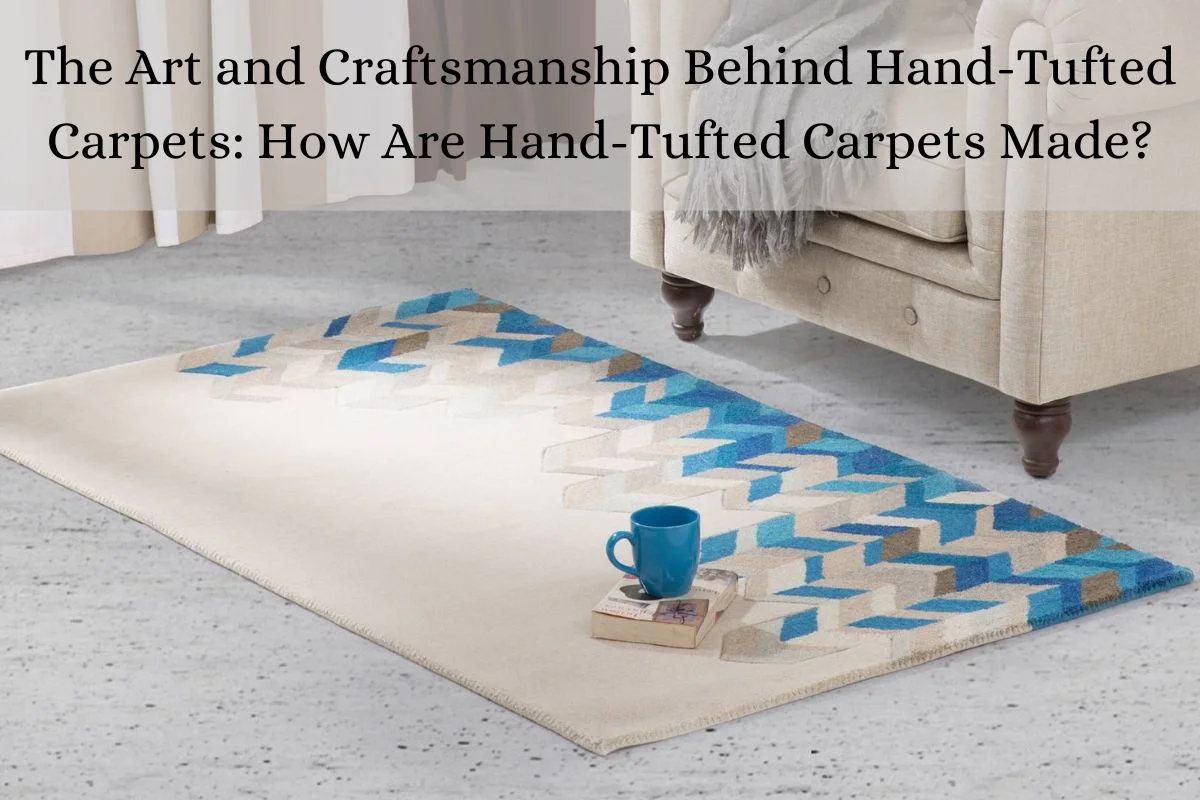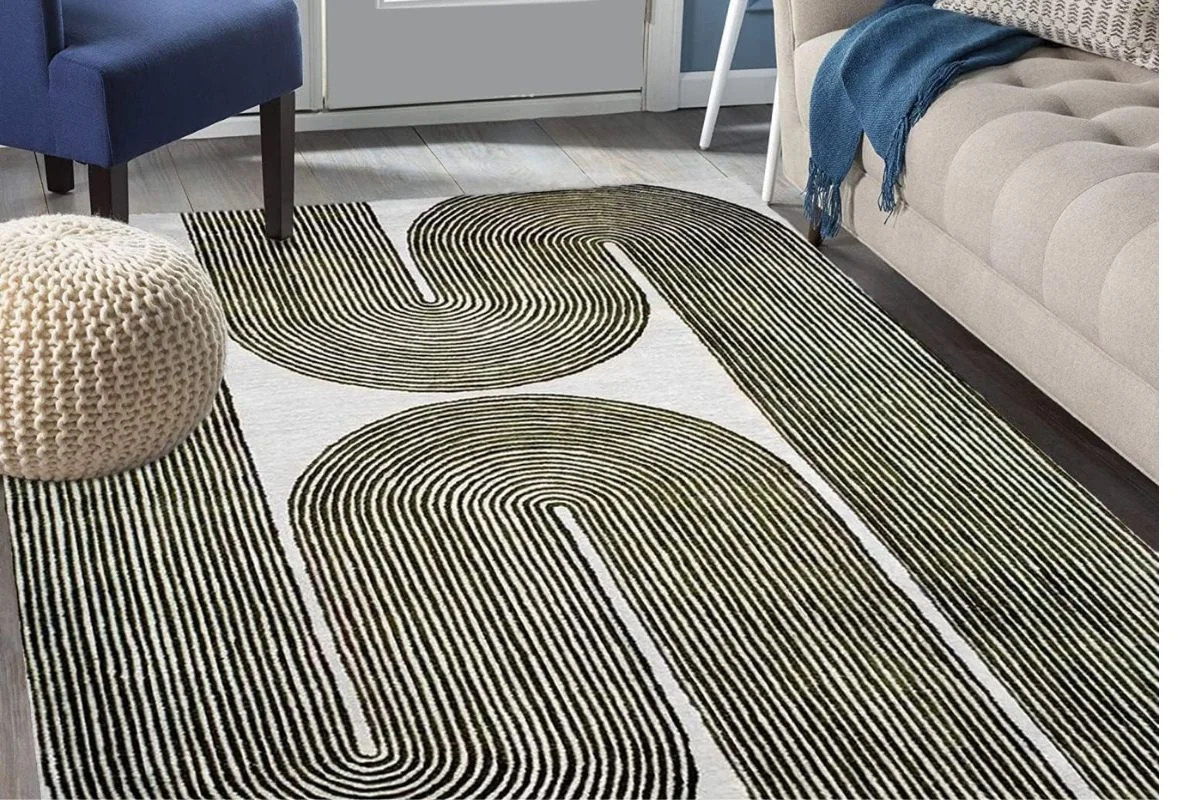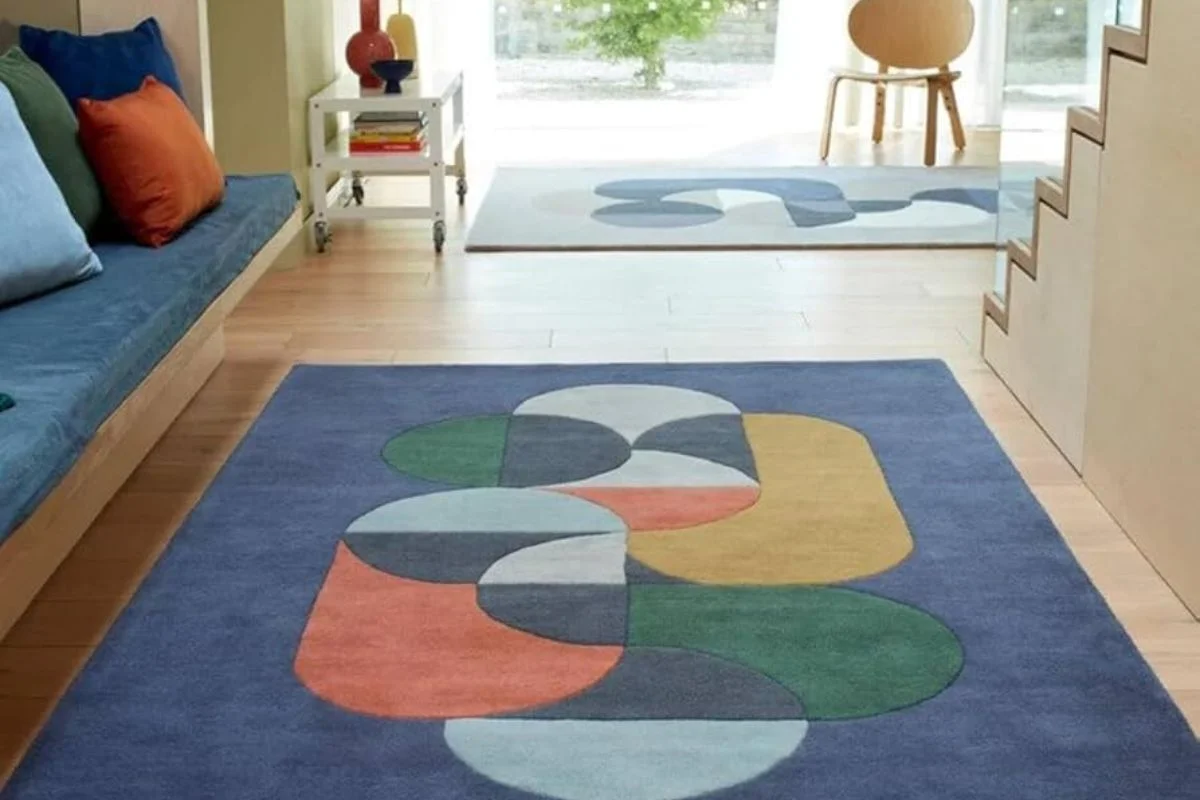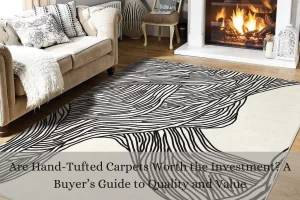Hand-tufted carpets are a stunning blend of artistry and craftsmanship, representing a timeless tradition in the world of textile design. Unlike machine-made carpets, hand-tufted options offer unique patterns, textures, and colors, making them a popular choice for discerning homeowners and interior designers alike. The creation of a hand-tufted carpet involves a meticulous process that showcases the skill and creativity of artisans. Each piece begins with a carefully designed template, followed by the use of a tufting gun to insert yarn into a backing material, resulting in a plush and luxurious finish. This blog will delve into the intricate steps involved in making hand-tufted carpets, highlighting the artistry behind each stitch and the passion that goes into crafting these exquisite floor coverings. Whether you’re looking to enhance your home’s aesthetic or simply appreciate fine craftsmanship, understanding the art of hand-tufted carpets offers valuable insights into their beauty and significance.
History of Hand-Tufted Carpets
Hand-tufted carpets have a rich history that dates back to ancient times, evolving from traditional weaving practices to the modern techniques we see today. Initially, carpets were hand-knotted, requiring immense skill and time. The tufting method emerged in the mid-20th century as a faster alternative, allowing artisans to create intricate designs with greater efficiency. This transition not only democratized carpet production but also introduced innovative styles that catered to contemporary tastes. Today, hand-tufted carpets blend historical artistry with modern aesthetics, offering a unique fusion that appeals to both collectors and everyday consumers, celebrating their enduring legacy.
Materials Used in Hand-Tufted Carpets
The materials used in hand-tufted carpets significantly influence their quality, durability, and aesthetic appeal. Commonly used yarns include wool, silk, and synthetic fibers. Wool is prized for its natural resilience, softness, and insulation properties, making it a popular choice for luxurious carpets. Silk, while more expensive, offers a lustrous finish and vibrant color retention, ideal for high-end designs. Synthetic fibers, such as nylon and polyester, provide durability and stain resistance, catering to practical needs. The backing material, often made of cotton or latex, enhances stability and longevity, ensuring the carpet withstands everyday use while maintaining its beauty.
Crafting Beauty: The Intricate Design Process of Hand-Tufted Carpets
The design process for hand-tufted carpets begins with a concept that embodies the desired aesthetic and functional qualities. Artisans create detailed sketches, considering factors such as color schemes, patterns, and the intended space. Designers often draw inspiration from various sources, including nature, art, and cultural motifs. After finalizing the design, a color palette is chosen to enhance the visual impact. The design is then translated onto a canvas, serving as a guide for tufting. This meticulous planning ensures that the finished product aligns with both artistic vision and practical application, resulting in a stunning and harmonious carpet.
Mastering the Craft: Exploring Innovative Tufting Techniques in Carpet Design
Tufting techniques are crucial in determining the texture and appearance of hand-tufted carpets. The most common method involves using a tufting gun, which injects yarn into a backing material to create loops. Artisans can manipulate the depth and density of the tufts, resulting in varied pile heights and textures. Hand-tufting, on the other hand, involves manually inserting each tuft, allowing for more intricate patterns and designs. This labor-intensive process adds a unique touch, reflecting the artisan’s skill. By varying techniques and yarn types, craftsmen can create carpets that not only look beautiful but also provide different tactile experiences.
Final Flourishes: Elevating Hand-Tufted Carpets with Expert Finishing Touches
The finishing touches on hand-tufted carpets are essential for ensuring durability and aesthetic appeal. After tufting, carpets undergo shearing, where the loops are cut to create a smooth, even surface. This process allows for the desired pile height, enhancing the carpet’s overall texture. Additionally, a backing material is added to provide stability and prevent fraying. Binding edges further reinforce the carpet, ensuring it withstands wear and tear. These finishing processes elevate the carpet from a simple piece of flooring to a high-quality work of art, showcasing the craftsmanship and attention to detail that goes into each creation.
Ensuring Excellence: The Critical Role of Quality Control and Craftsmanship in Hand-Tufted Carpets
Quality control is paramount in the production of hand-tufted carpets, ensuring that each piece meets high standards of craftsmanship. Skilled artisans oversee every step of the process, from design to finishing, employing their expertise to maintain consistency and quality. Regular inspections are conducted to identify any flaws, allowing for immediate corrections. The craftsmanship involved requires years of training and experience, as artisans develop their skills in tufting, color matching, and finishing techniques. This dedication to quality not only enhances the product’s value but also fosters trust and satisfaction among consumers, making each hand-tufted carpet a testament to exceptional artistry.
Sustainability in Hand-Tufted Carpets
Sustainability is becoming increasingly important in the production of hand-tufted carpets, as consumers seek eco-friendly options. Artisans are adopting sustainable practices by sourcing natural fibers, such as wool and cotton, that are biodegradable and renewable. Additionally, many manufacturers are using low-impact dyes and environmentally friendly adhesives to minimize their carbon footprint. By implementing waste reduction strategies during production, the industry is taking steps toward more responsible practices. These sustainable choices not only appeal to environmentally conscious consumers but also enhance the overall value of hand-tufted carpets, ensuring that artistry and craftsmanship align with modern ecological considerations.
The Role of Hand-Tufted Carpets in Interior Design
Hand-tufted carpets play a significant role in interior design, serving as both functional and aesthetic elements in various spaces. Their unique textures and patterns can transform a room, adding warmth and character. Designers often use hand-tufted carpets to create focal points or tie together a color scheme, enhancing the overall design narrative. These carpets are versatile, suitable for various styles, from contemporary to traditional, allowing for creative expression. Their plush comfort also contributes to a cozy atmosphere, making them ideal for residential and commercial spaces. Ultimately, hand-tufted carpets elevate interiors, reflecting personal style and design sensibilities.
Care and Maintenance
Proper care and maintenance are essential for preserving the beauty and longevity of hand-tufted carpets. Regular vacuuming helps remove dirt and debris, preventing them from becoming embedded in the fibers. Spot cleaning spills promptly with a mild detergent can prevent stains from setting. For deeper cleaning, professional carpet cleaning services are recommended to ensure thorough care without damaging the carpet. It’s important to avoid harsh chemicals and excessive moisture, which can compromise the integrity of the fibers. By following these maintenance tips, owners can enjoy their hand-tufted carpets for years, showcasing their beauty and craftsmanship.
Future Trends in Hand-Tufted Carpet Design
The future of hand-tufted carpet design is poised for exciting developments as artisans and designers respond to evolving consumer preferences. Sustainable practices will continue to gain traction, with a focus on eco-friendly materials and production methods. Bold patterns and vibrant colors are likely to dominate, reflecting a desire for expressive and unique interiors. Additionally, advancements in tufting technology may introduce new textures and techniques, enhancing design possibilities. As remote work environments evolve, there may also be an emphasis on creating comfortable, inspiring home office spaces. Ultimately, the future of hand-tufted carpets promises innovation that harmonizes tradition with contemporary aesthetics.
Conclusion
Hand-tufted carpets are more than just functional flooring; they are a testament to the artistry and craftsmanship that have evolved over centuries. From their rich history and meticulous design process to the careful selection of materials and finishing techniques, each step in the creation of a hand-tufted carpet reflects a dedication to quality and creativity. As sustainability becomes increasingly vital in consumer choices, the industry is adapting to meet modern demands while preserving traditional methods.
